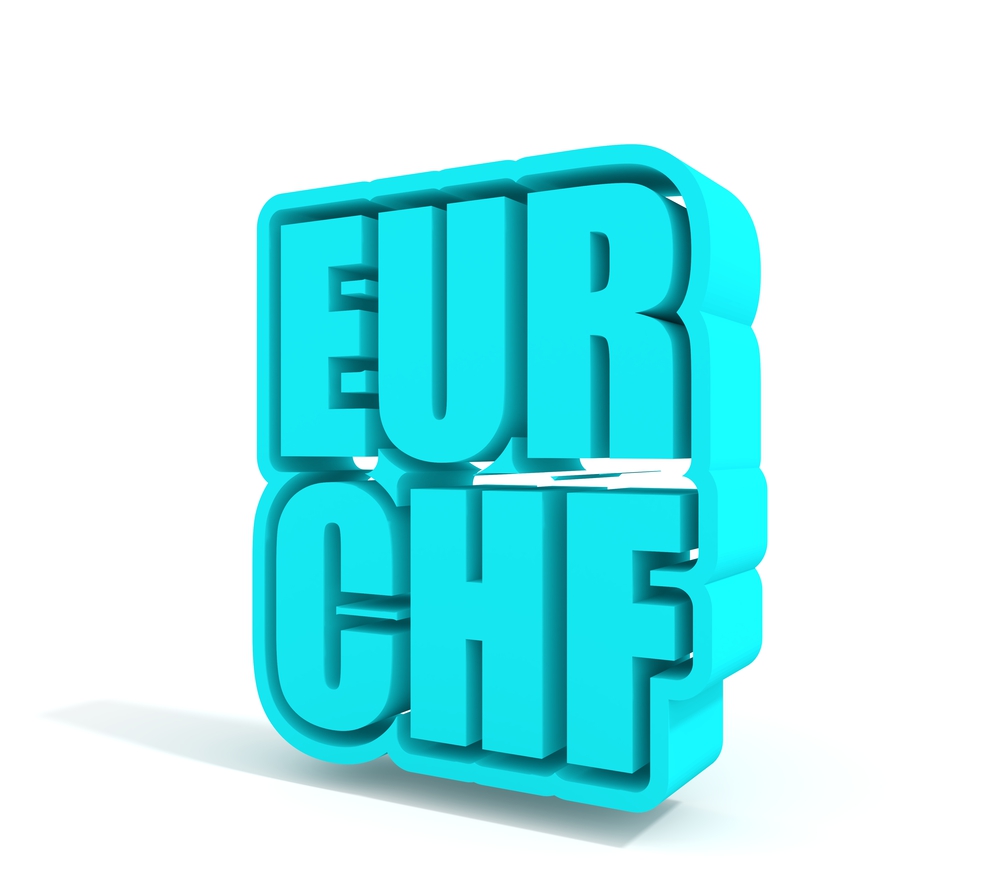

This article is only available to Macro Hive subscribers. Sign-up to receive world-class macro analysis with a daily curated newsletter, podcast, original content from award-winning researchers, cross market strategy, equity insights, trade ideas, crypto flow frameworks, academic paper summaries, explanation and analysis of market-moving events, community investor chat room, and more.
Summary
- EUR/CHF is down ~2.8% in June, poised for its biggest monthly drop year-to-date (YTD).
- The SNB, broadly consistent with market expectations, cut its policy rate 25bps to 1.25% yesterday.
- CHF strength this month has been driven largely by political uncertainty in France, where President Emmanuel Macron announced snap parliamentary elections.
- This political uncertainty is set to continue into next month, with Macron’s party set to suffer material losses, with a potential cohabitation government (and political gridlock) the likely result.
Market Implications
- As a result, haven demand for the Swiss franc (CHF) will remain high near-term, meaning it is too soon to fade EUR/CHF downside.
European Political Uncertainty Stokes CHF Haven Demand
Far right populists made significant gains in the European elections earlier this month.
Although the centre-right parties in the European Parliament look set to be the main governing voice in Brussels, far-right gains have seriously impacted national politics in EU member states.
This is clearest in France, where Macron felt compelled to call snap parliamentary elections to seize the initiative from the far-right.
Macron’s gamble looks like it will not pay off. Recent poll surveys show far left and far right parties ahead of Macron’s party.
Also, Macron’s approval rating has fallen to the lowest level since late 2018.
Should the polls remain unchanged, this will likely lead to cohabitation with Macron holding the presidency but his centrist party not controlling parliament. Meanwhile, the far right will likely win the prime ministership.
This could cause gridlock and a lame duck presidency until the next presidential elections in 2027.
Markets have reacted to these developments with notable price action.
In FX, haven demand has driven CHF has strengthen, with EUR/CHF selling off ~2.8% in recent weeks, poised for its biggest drop since December 2023.
Chart 1: EUR/CHF Spot Rate = Orange Line
French Bond Yields Have Spiked and Underperformed Germany
Political uncertainty has also impacted French bond markets, with yields spiking and French bonds underperforming in a relative basis too.
The French 10-year yield has risen ~20bps since Macron’s election call.
Chart 2: 10-Year French OAT Yield = Orange Line
Moreover, the spread of the 10-year French yield over the 10-year German yield spiked almost 30bps since Macron dissolved parliament.
Chart 3: 10-Year OAT/Bund Spread (in bps) = Orange Line
SNB Rate Cut Fails to Curb CHF Strength Much
The SNB cut rates yesterday for the second successive meeting, citing receding inflationary pressure as justification for lowering borrowing costs in Switzerland.
The SNB’s policy statement noted, ‘underlying inflationary pressure has decreased again compared to the previous quarter.’
Moreover, the SNB lowered its long-term inflation forecasts and said inflationary pressure ‘is likely to continue to ease gradually over the next quarters.’
In the following press conference, SNB President Thomas Jordan addressed CHF strength, saying the central bank was closely watching developments in the foreign exchange market.
Jordan said the SNB is ‘ready to be active on the foreign exchange market and that can go in both directions.’
Unsurprisingly, EUR/CHF spiked after the SNB cut, although the rise was circumspect, with the pair only unwinding a small part of its recent slide.
It now sits very near the level before the SNB cut.
European Political Uncertainty Means EUR/CHF Is ‘In Play’
With political uncertainty likely to remain until the outcome of the French parliamentary election in early July, we expect EUR/CHF to remain well-offered.
As we wrote on 31 May, EUR/CHF has settled in a ~0.9300/~0.9900 range, and we expect the pair to trade within this range in coming months.
